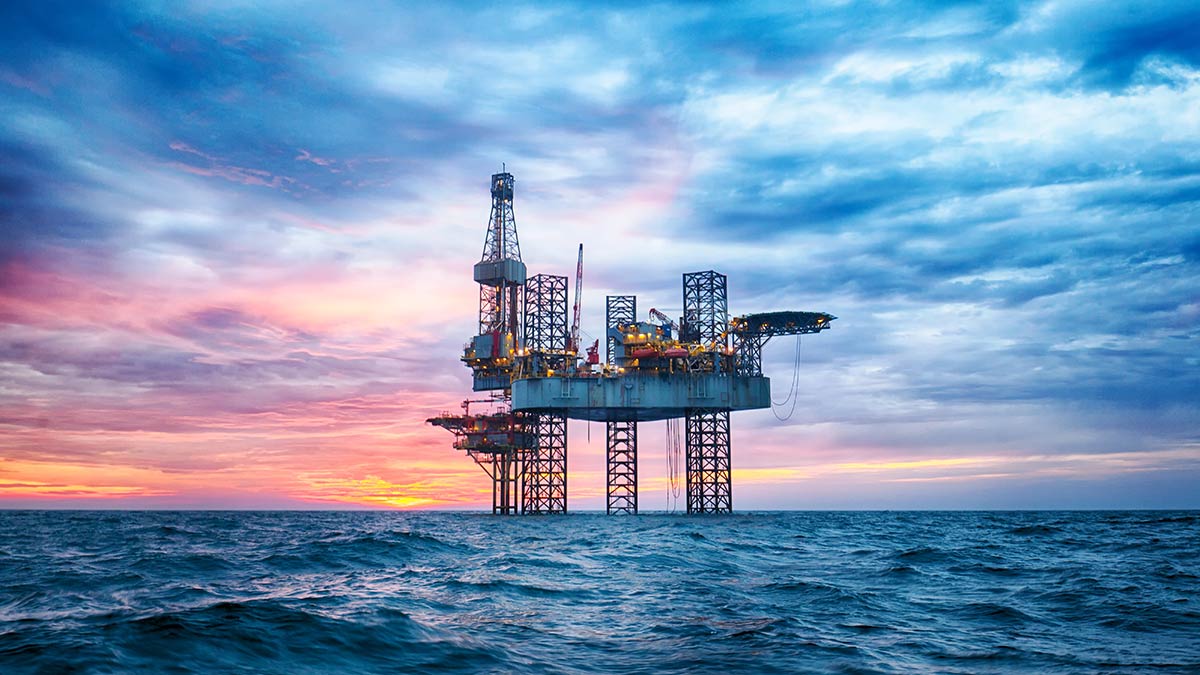Oil and gas offshore exploration acreage up for bid

Australian offshore oil and gas exploration acreage is up for grabs. Pic: Getty Images
Increasingly investors are questioning where the oil and gas sector is going, when even supermajors are facing headwinds.
Shell, for example, has been ordered by a court in the Hague to slash its carbon emissions by 45 per cent before the end of 2030.
ExxonMobil is also facing some tough questions ahead with some of its board positions now filled by representatives from a small activist fund focussed on its poor performance and failure to adapt to a decarbonised world.
Despite this, Santos managing director Kevin Gallagher told the APPEA oil and gas conference on Monday that he is confident the natural gas sector can continue to play a vital role in the country’s future through to 2050 and beyond.
The gas major recently committed to developing the Barossa gas project, which is expected to supply gas for more than 20 years to the 3.7 million tonne per annum Darwin LNG project.
Oil has also risen to a 32 month high on bullish demand with the International Energy Agency calling on OPEC to ‘open the taps’ to ensure adequate supply.
Sweet music to the ears of the Federal Government, which has spruiked its gas-led recovery for some time now and has now released about 80,000sqkm of new offshore exploration acreage up for bid under its 2021 Offshore Petroleum Exploration Acreage Release.
Oil and gas exploration acreage
The latest acreage release comprises 21 areas across the Bonaparte, Browse, Carnarvon, Otway, Sorell and Gippsland basins off Western Australia, Victoria, Tasmania and the Ashmore and Cartier Islands.
“The annual Acreage Release is a crucial component of the Government’s gas-fired recovery plan. It is vitally important that Australians have access to reliable and affordable energy both now and in the future,” Minister for Resources, Water and Northern Australia Keith Pitt said.
“Exploration will continue to play a key role in supporting Australia’s economic growth by encouraging investment in development prospects, as well as unlocking additional supply.
“This year’s release provides opportunities in established oil and gas provinces with existing infrastructure as well as under-explored areas offshore Victoria, also within reach of existing infrastructure.
“This is consistent with the drive to deliver current projects as well as the potential to increase supply into the East Coast market.”
All areas are based on industry nominations and were subject to a public consultation process.
Related Topics

UNLOCK INSIGHTS
Discover the untold stories of emerging ASX stocks.
Daily news and expert analysis, it's free to subscribe.
By proceeding, you confirm you understand that we handle personal information in accordance with our Privacy Policy.








